The Whitney Museum of American Art wrapped up Shifting Landscapes this winter. The Metropolitan Museum of Art opened Caspar David Friedrich: The Soul of Nature this spring. The Museum of Modern Art (MoMA) presented Hilma af Klint: What Stands Behind the Flowers this summer. And, the Brooklyn Museum of Art will open Oliver Jeffers: Life at Sea this fall. Between the four, New York City museum-goers will have access to almost 12 full months of nature-focused art this year.
Although some lean more heavily into the climate conversation than others, all give at least a nod to the importance of the natural world in exhibition materials. Shifting Landscapes lies on one end of the spectrum with blatant connections between the exhibition’s content and its socio-environmental context. Hilma af Klint lies at the other end, subtly gesturing towards “the interconnectedness of all living things,” as MoMa’s website explains.
Elsewhere along the East Coast, the Isabella Stewart Gardner Museum and the National Gallery of Art (NGA) hosted similarly themed exhibitions. Yu-Wen Wu: Reigning Beauty, 2025 is a site-specific installation that, according to the Gardner, is “at once an homage to the fleeting beauty of the natural world and meditation on the precious vulnerability of the environment.” NGA’s exhibition of Chakaia Booker’s discarded tire sculptures forces visitors to confront an industrial landscape of their own making.


![DEl Kathryn Barton [Australian b. 1972] the more than human love , 2025 Acrylic on French linen 78 3/4 x 137 3/4 inches 200 x 350 cm Framed dimensions: 79 7/8 x 139 inches 203 x 353 cm](/sites/default/files/styles/category_card_187x139/public/ab15211bartonthe-more-human-lovelg.jpg?itok=LJbNuU6F)

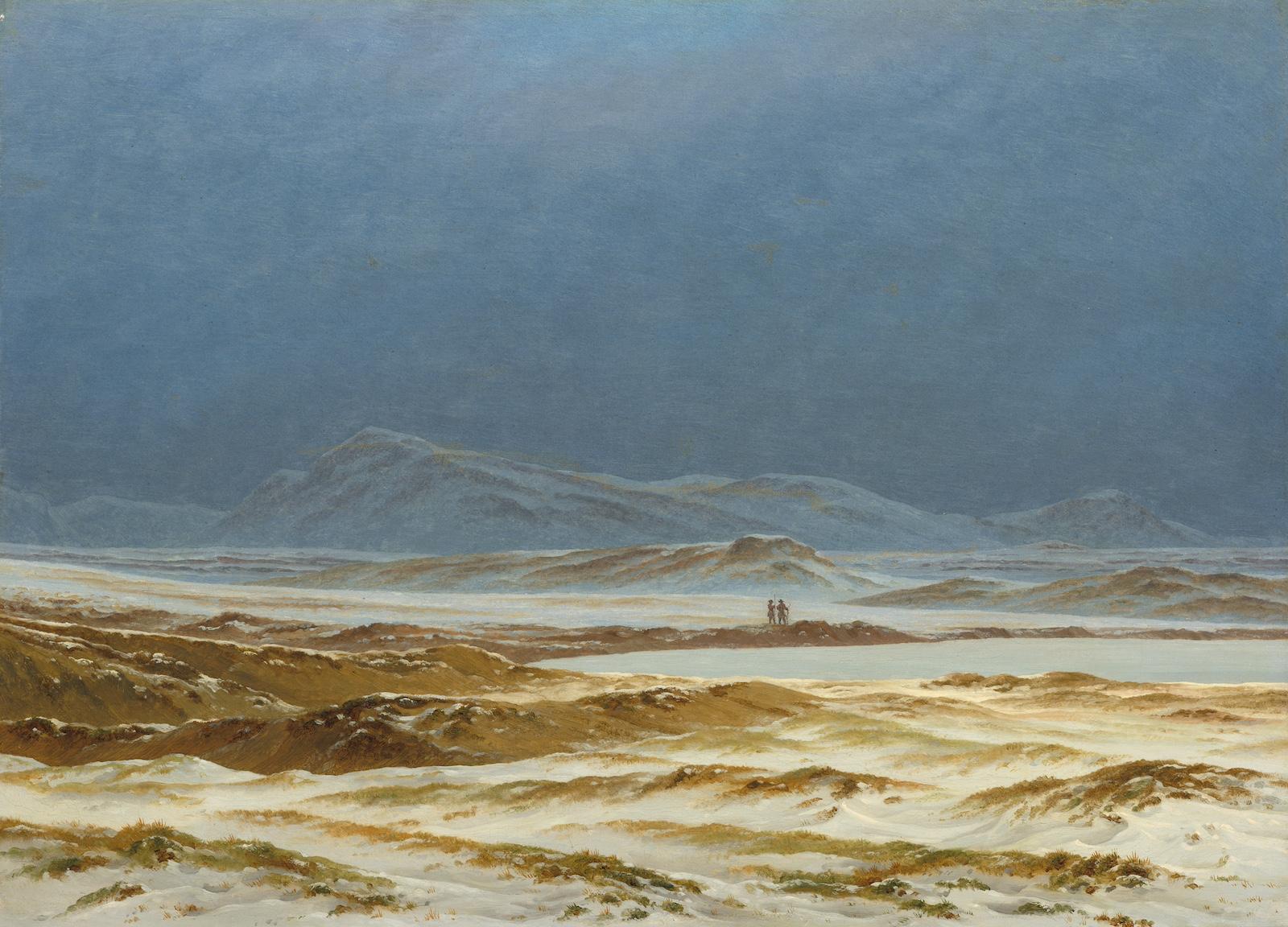

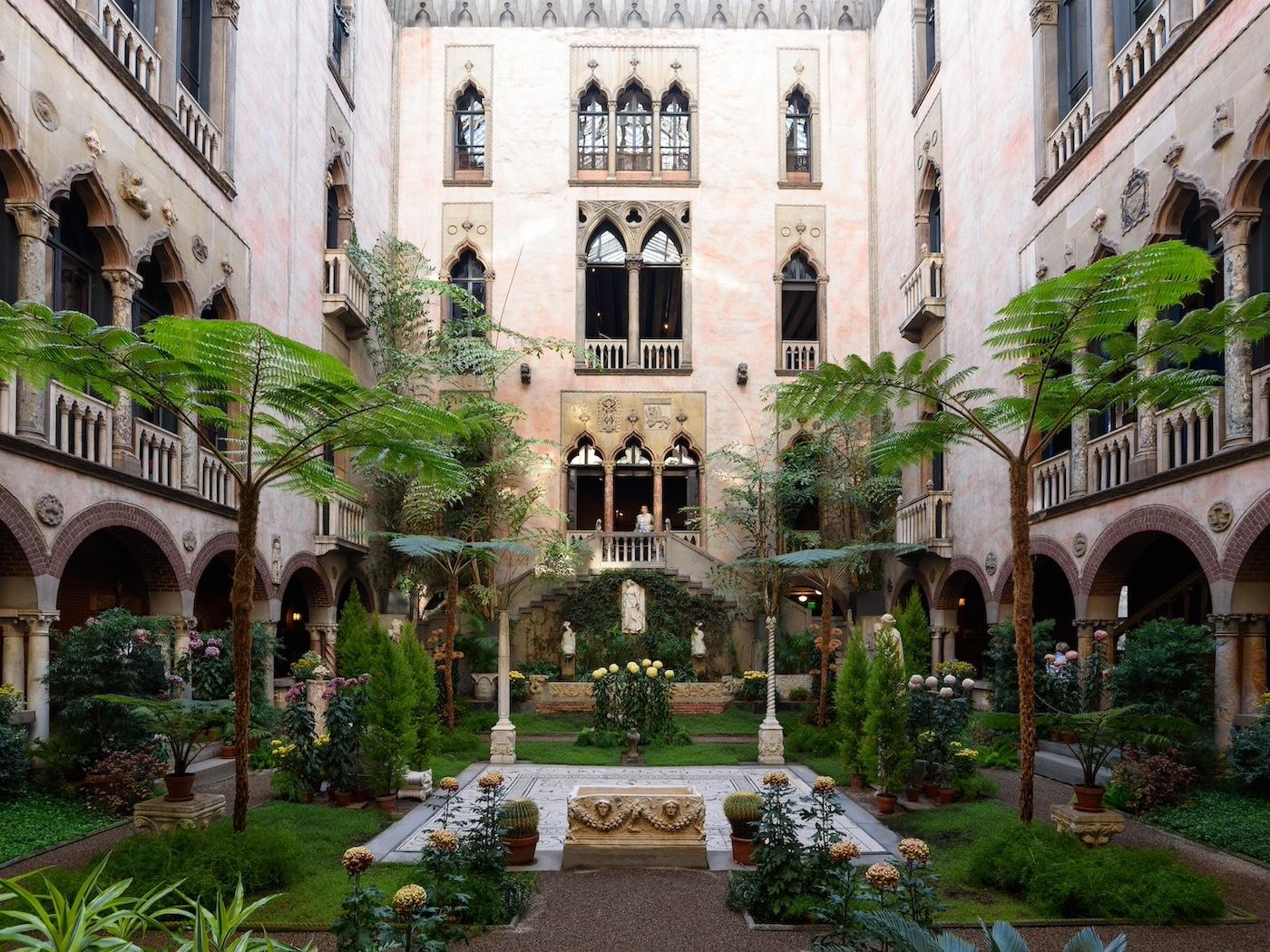

![DEl Kathryn Barton [Australian b. 1972] the more than human love , 2025 Acrylic on French linen 78 3/4 x 137 3/4 inches 200 x 350 cm Framed dimensions: 79 7/8 x 139 inches 203 x 353 cm](/sites/default/files/styles/image_5_column/public/ab15211bartonthe-more-human-lovelg.jpg?itok=wW_Qrve3)

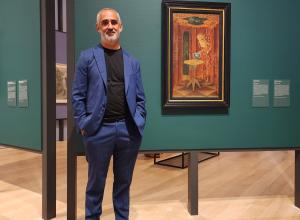









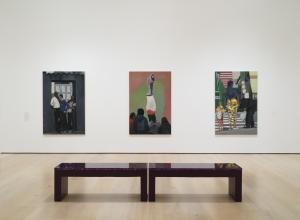

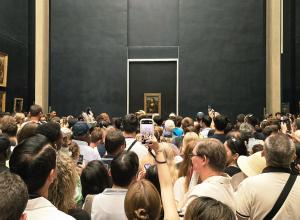





![Ginevra de’ Benci [obverse]. 1474/1478. Leonardo da Vinci. Oil on Panel. Ailsa Mellon Brue Fund, National Gallery of Art.](/sites/default/files/styles/image_5_column/public/ginevradebenciobverse196761a.jpg?itok=hIzdUTaK)